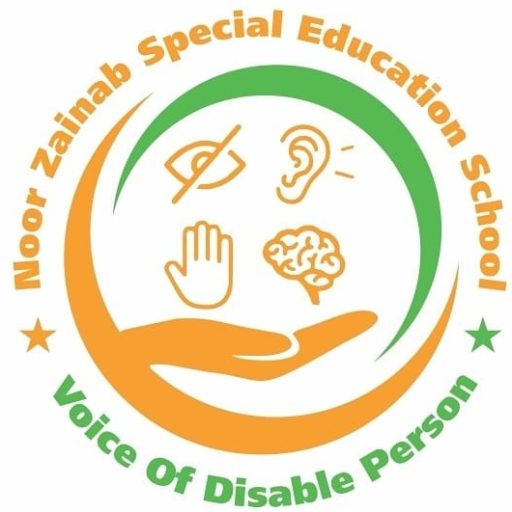Dyslexia Treatment: Unraveling the Complexities of a Common Learning Difference
A widely misdiagnosed learning disability that impacts millions of people globally is dyslexia. A neurological disease can make reading, writing, and spelling more difficult. It is not a reflection of a person’s IQ. This blog post will explore the complexities of dyslexia, including its description, prevalence, symptoms, and resources for individuals affected.
Defining Dyslexia
A particular type of learning disability known as dyslexia is typified by problems with precise and fluent word recognition, as well as poor spelling and decoding skills. It is a chronic disorder that impairs how the brain processes written and, occasionally, spoken language. Dyslexia treatment is a highly individualized condition that can present in various ways and differs from person to person.
Prevalence
Contrary to popular belief, dyslexia occurs more frequently. The International Dyslexia Treatment Association estimates that between 15% and 20% of people suffer from dyslexia. It makes no distinctions based on gender, ethnicity, or socioeconomic background. Dyslexia affects people of all backgrounds.
Signs and Symptoms
Recognizing dyslexia is crucial to providing support and interventions as early as possible. Some common signs and symptoms of dyslexia include:
Difficulty with reading and decoding words, often struggling with sounding out words phonetically.
Slow and inaccurate reading.
Difficulty with spelling, which may include mixing up the order of letters in words.
Problems with written expression, such as organizing thoughts on paper.
Difficulty with rhyming and phonemic awareness (the ability to identify and manipulate individual sounds in words)
difficulty remembering and processing verbal instructions.
Challenges in learning a foreign language.
Support and Interventions
Dyslexia is a lifelong condition, but with the right support and interventions, individuals with dyslexia can thrive academically and personally. Here are some key ways to support someone with dyslexia treatment:
Early intervention: identifying dyslexia in early childhood and providing specialized support is crucial. Early intervention can make a significant difference in a person’s academic progress.
Multisensory teaching methods: Many individuals with dyslexia benefit from multisensory teaching approaches that engage multiple senses (visual, auditory, and kinesthetic) to enhance learning.
Assistive technology: There are various assistive technologies, such as text-to-speech software and speech-to-text tools, that can help individuals with dyslexia access written information more easily.
Specialized instruction: Special education services and interventions, such as Orton-Gillingham, can be tailored to meet the unique needs of individuals with dyslexia.
Accommodations and modifications: In educational settings, accommodations like extended time on tests, preferential seating, and access to audiobooks can level the playing field for students with dyslexia.
Encouragement and emotional support: It’s essential to provide emotional support and encouragement to individuals with dyslexia to boost their self-esteem and self-confidence.
Dispelling Myths
Dyslexia is often surrounded by myths and misconceptions that can lead to stigmatization and misunderstanding. Let’s address some of these myths:
Myth: Dyslexia is a visual problem.
Fact: Dyslexia is not related to vision; it’s a language-processing issue.
Myth: Dyslexia can be outgrown.
Fact: Dyslexia is a lifelong condition, but individuals can learn to manage it effectively with the right support.
Myth: People with dyslexia are not intelligent.
Fact: Dyslexia has no bearing on a person’s intelligence. Many individuals with dyslexia are highly intelligent and creative.
Myth: Dyslexia only affects reading.
Fact: Dyslexia can affect reading, writing, spelling, and even oral language.
Conclusion
Dyslexia treatment is a complex learning disability that affects a large proportion of the population. Understanding the diagnosis, prevalence, symptoms, and available support is critical for developing an inclusive society in which people with dyslexia can thrive. We can strive toward a future where dyslexia is better understood and people with dyslexia are encouraged to fulfill their full potential by busting myths and raising awareness.

